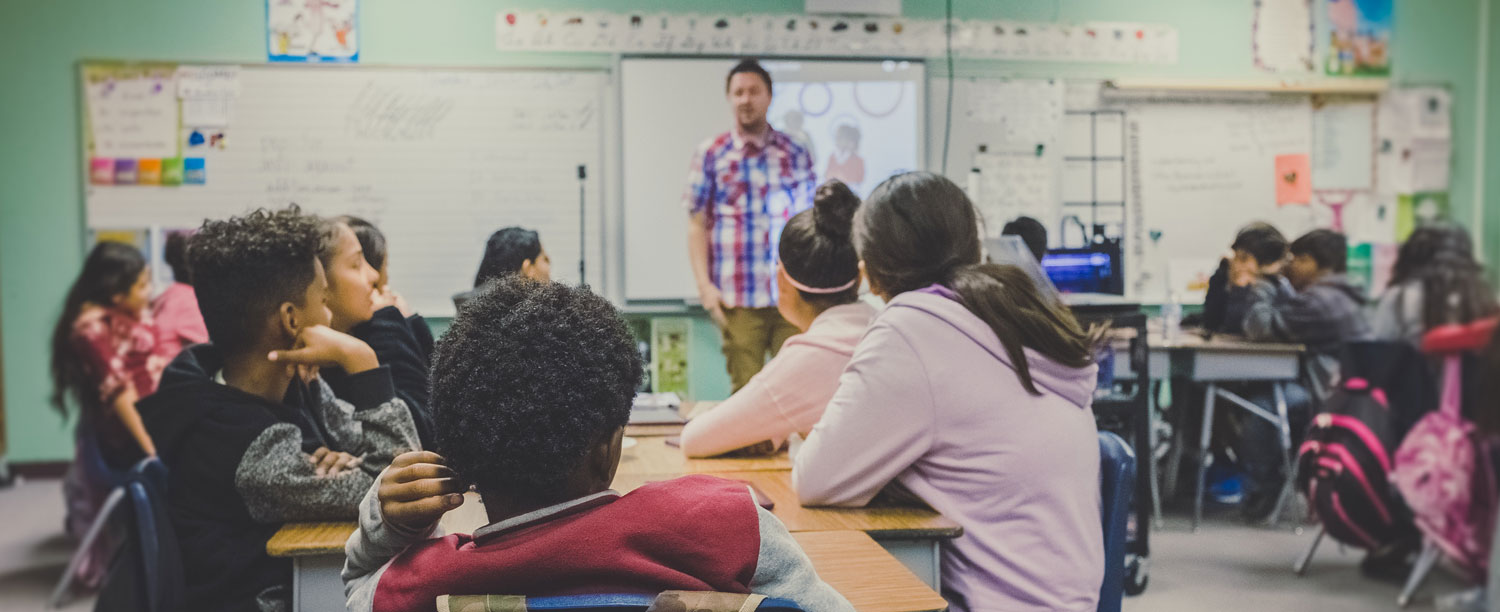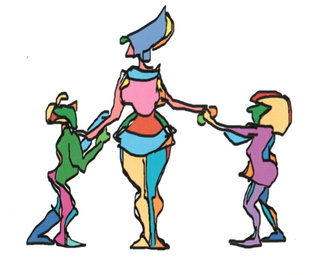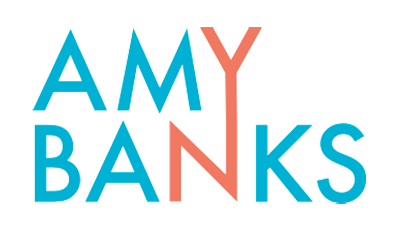 Neuroscience helps explain the importance of student-teacher relationships.
Neuroscience helps explain the importance of student-teacher relationships.
One year ago this week, a Utah Jazz player tested positive for COVID-19, leading to the lockdown of the NBA, the first corporate organization in the United States to do so. At the time, it felt both outrageous and terrifying, a stunning admission that the coronavirus was about to change our lives forever. Within days and weeks, the virus was already spreading across the country. During the week of March 16, 2020, at least 46 states ordered school closures to stop the spread of the pandemic.
One year later, our lives are filled with pandemic-related knowledge and coping strategies. Social distancing vs. physical distancing with social contact? The 20-second rule for adequate hand washing, bulk purchases of toilet paper, hand sanitizers, and Clorox wipes have become part of everyday conversations. Some schools closed for two weeks and then opened only to close again, opting for remote learning or hybrid teachings models. Even as the world of neuroscience was attempting to come to a unified understanding of the impact of excessive screen time on our children’s neurological development, school-aged kids were attending school over computers—for many, 100% of the time. Through online learning seemed better than no school at all, some feared the new learning platforms would cause irreparable damage to our children’s young minds, impacting intellectual and social-emotional development, if this practice continued. Getting children back to school—learning in an interactive classroom is felt to be critical.
 As vaccines began rolling out in the beginning of 2021, fewer than a third of states had prioritized teachers as a first-line priority group. Stunning! How is it that we can value our children’s health and well-being and not see how intricately their well-being is tied to the well-being of the 3.7 million teachers that often spend more time with our children than the children’s own parents? On some level, this is not surprising. The crucial role educators play in building an optimally functioning society gets disappeared in a separate-self culture, intent on celebrating the self-made man—as if a child’s greatness is waiting to emerge all on its own. If we, as a country, appreciate the essential role the educator-student relationship plays in maintaining a healthy society we would not only celebrate and protect these educators, but also reward them in the one way we show value in a capitalistic society—with bigger paychecks.
As vaccines began rolling out in the beginning of 2021, fewer than a third of states had prioritized teachers as a first-line priority group. Stunning! How is it that we can value our children’s health and well-being and not see how intricately their well-being is tied to the well-being of the 3.7 million teachers that often spend more time with our children than the children’s own parents? On some level, this is not surprising. The crucial role educators play in building an optimally functioning society gets disappeared in a separate-self culture, intent on celebrating the self-made man—as if a child’s greatness is waiting to emerge all on its own. If we, as a country, appreciate the essential role the educator-student relationship plays in maintaining a healthy society we would not only celebrate and protect these educators, but also reward them in the one way we show value in a capitalistic society—with bigger paychecks.
Why should teachers have been in the first group being offered vaccinations along with health care personnel and the elderly? Relational neuroscience has some ideas. First off, children’s brains and bodies grow, develop and learn most effectively within relationship. The growth process starts as an interpersonal experience with mother (or other care-taking adults). As the mother and child bond, the mother’s brain literally shifts to be more resonant with the child. Their brain waves literally synchronize. The infant learns about the world embedded in and informed by this pairing. The child’s four pathways for connection (as described in Wired to Connect: The Surprising Link Between Brains Science and Strong, Healthy Relationships, Banks and Hirschman) become robust when they are perpetually stimulated within safe connection.
When a child’s environment expands by going to day care or starting school, the neuroplastic weight of the parent is diluted by the hours spent with teachers and other students. Educators become an increasingly large part of the neuroplastic change agents impacting that child. The quality of those relationships directly impacts the capacity for that child to learn. As Cozolino describes in his book, The Social Neuroscience of Education (2013), “positive social interactions result in increased metabolic activity, MRNA synthesis and neural growth. Relationships can create an internal environment of neural plasticity.” At its most basic, learning is an active process of brain change and it is enhanced by the quality of the relationships in the educational environment. Children literally become smarter in healthy connections.
Additionally, safe, responsive, connected environments enhance a child’s resilience, perhaps one of the more important characteristics for any child facing the challenges of the world they are living in today. Dr. Amit Sood describes resilience as “the core strength you have to lift the load of life.” While this definition captures the weight of life, it also comes close to condemning children to a life spent carrying the weight of the world on their individual shoulders, like an overburdened Atlas. In Relational-Cultural Theory, resilience is redefined as a relational capacity. People with an abundance of relational resilience gain the capacity to move from connection to disconnection and back into connection. Strong relational resilience allows people to be in productive conflict (“good trouble” as John Lewis might suggest); it allows people from different cultures to listen and learn from one another; and is desperately needed to heal our divided country.
The capacity for relational resilience is highly dependent on the functioning of the four neural pathways for connection. A strong smart vagus nerve (built within calm relationships) is needed to inhibit the sympathetic nervous system so that when conflict or fear arises you do not have to fight or flee, but can stay engaged and work through a disconnection. A less reactive anterior cingulate gyrus (built within accepting relationships and communities) allows modulation of the pain felt during a disconnection so that working through the conflict is possible. A robust mirror neuron system (formed within responsive relationships) allows an accurate reading and resonance with the other person during a disconnection, enhancing a sense of understanding and being understood—both necessary for a mutual repair of a relational breech. And finally, a dopamine reward system strongly connected to relationship (built within playful, fun, joyful relationships) allows memory of past successful relational repairs and the positive energy and zest that accompanies these successes fuel the hard work of building mutually respectful relationships. Building positive relational moments of successfully navigating from disconnection back into connection strengthens these four pathways needed for healthy relationships and in turn leads to greater relational resilience.
In the classroom, relational resilience is built within peer relationships and teacher-student relationships, however, the teacher’s relational capacity and stress level are key in building a healthy learning environment. While any educator can have a hard day and become dysregulated, a chronically dysregulated teacher will end up with a stressed-out classroom—the unpredictability and lack of safe connections activate the children’s sympathetic nervous systems leading to more stress and less capacity to learn.
This is why educators need to be amongst the first group to be vaccinated. In 2020 there were about 3.7 million teachers in the U.S. and as of today over 525,000 people have died from COVID-19. That means that roughly 1 in 7 teachers will have had a loved one die from a COVID-19 related illness over the past year. In addition to the losses, countless teachers have their own risk factors for a bad COVID-19 outcome should they become infected and others are living with someone who is at increased risk. And yet school districts all over the country have asked teachers to return to the classroom without adequate protection or to some hybrid model without appreciating what is happening to the teacher’s nervous system. I know more than one person who was told that they would lose their jobs or be forced to take early retirement if they did not return to school.
Teachers returning to the classroom without vaccinations are returning with unacceptable levels of stress, not just from the increased multitasking needed to follow new COVID-19 protocols and to learn new technology for hybrid classrooms, but also from exposure to a potentially life-threatening illness. Children are in line to be the last ones vaccinated and while this may make sense in terms of the degree of illness most kids manifest, children are more likely to be asymptomatic carriers and can and will carry this virus into the classroom. Any unvaccinated teacher who has not had COVID-19 is at risk every day they are in school. Is it reasonable to expect our teachers to both put themselves in life-threatening danger AND be able to build a connected classroom where children are most able to thrive, grow and learn? That is asking too much. Studies have shown that acute stress of as little as two hours literally impairs the brain’s ability to learn and chronic stress, the kind our unvaccinated teacher’s carry in the classroom, will not only shape our children’s learning environments but ultimately impair the physical and mental health of our educators. And the impact is amplified in predominately black and brown communities that have been disproportionately impacted by the virus.
If education was seen as a right that everyone had equal access to in our country, if the quality of education were equal across communities rather than dependent on the wealth of the individual community, teachers’ needs and their nervous systems would have a better shot at not being disappeared. They would be seen more clearly as amongst the most essential workers in our society and given the protection, they need to feel safe and present in their jobs. All of our futures are dependent on them.
References
- Schwartz, Harriet. Connected Teaching: Relationship, Power and mattering in Higher Education. (2020) Stylus Publishing
- Cozolino, Louis. The Social Neuroscience of Education: Optimizing Attachment and Learning in the Classroom. (2013) Norton Press
- Banks, Amy with Leigh Ann Hirschman. Wired to Connect: The Surprising Link Between Brain Science and Strong, Healthy Relationships. (2016). Tarcher Penguin.

